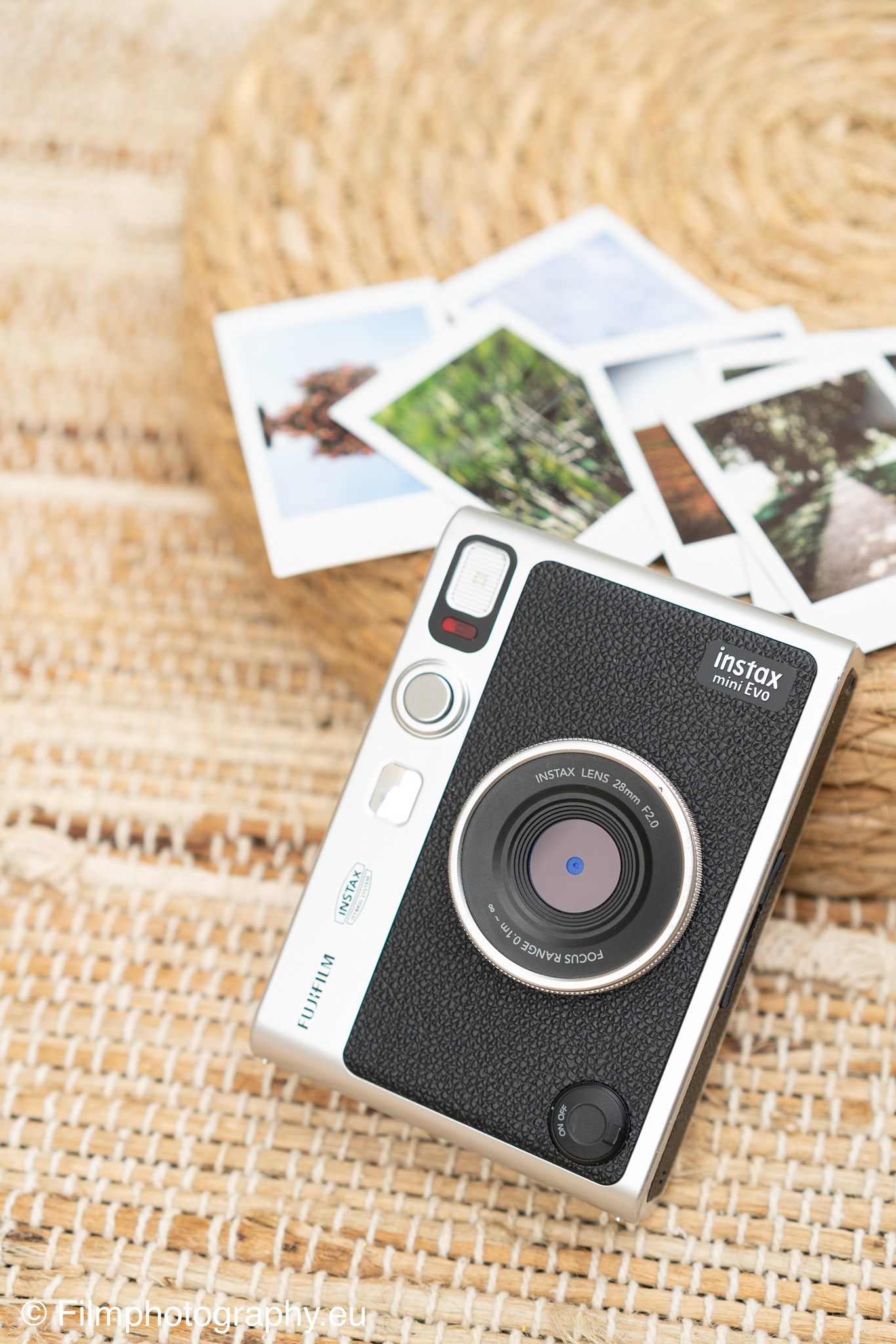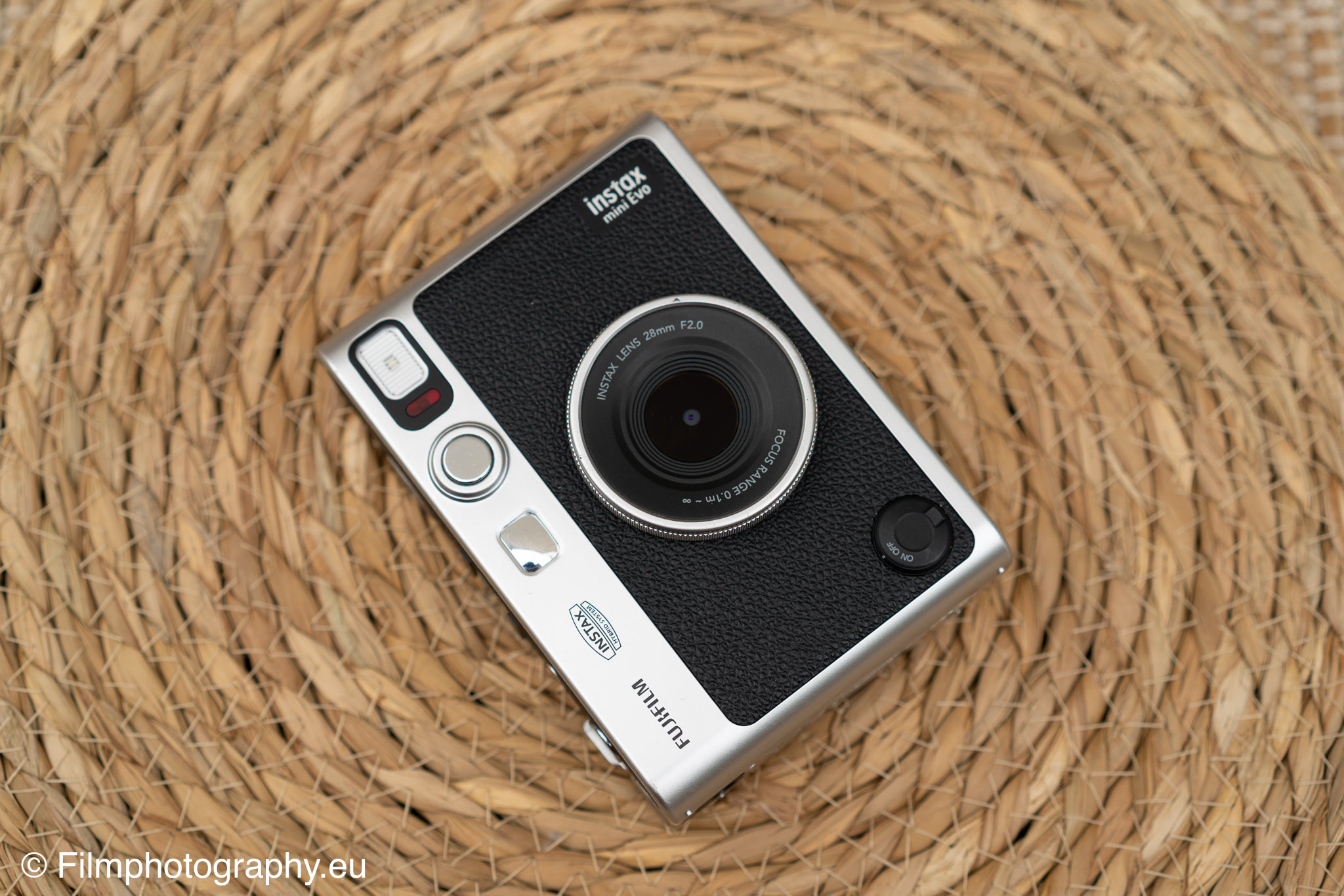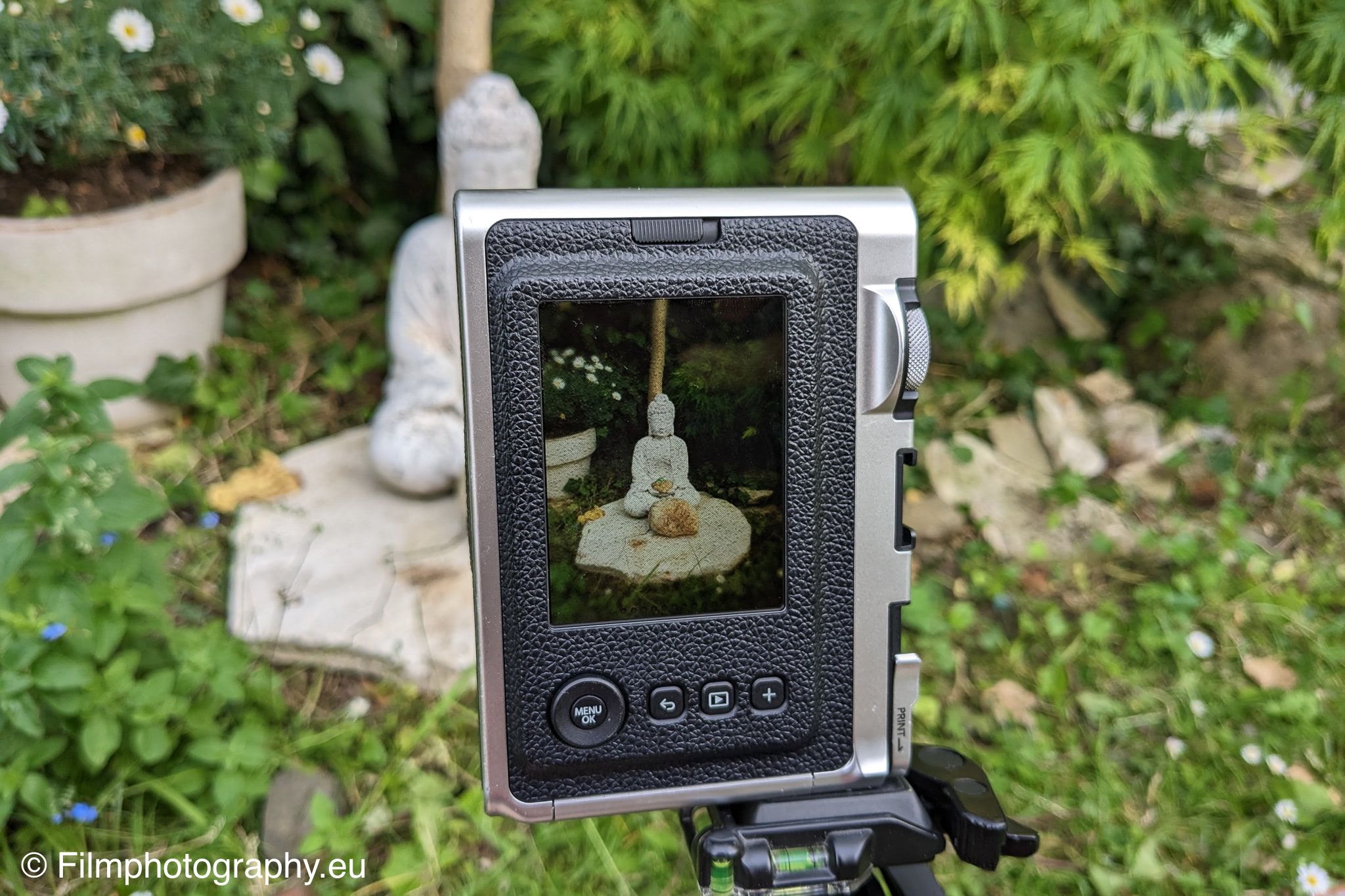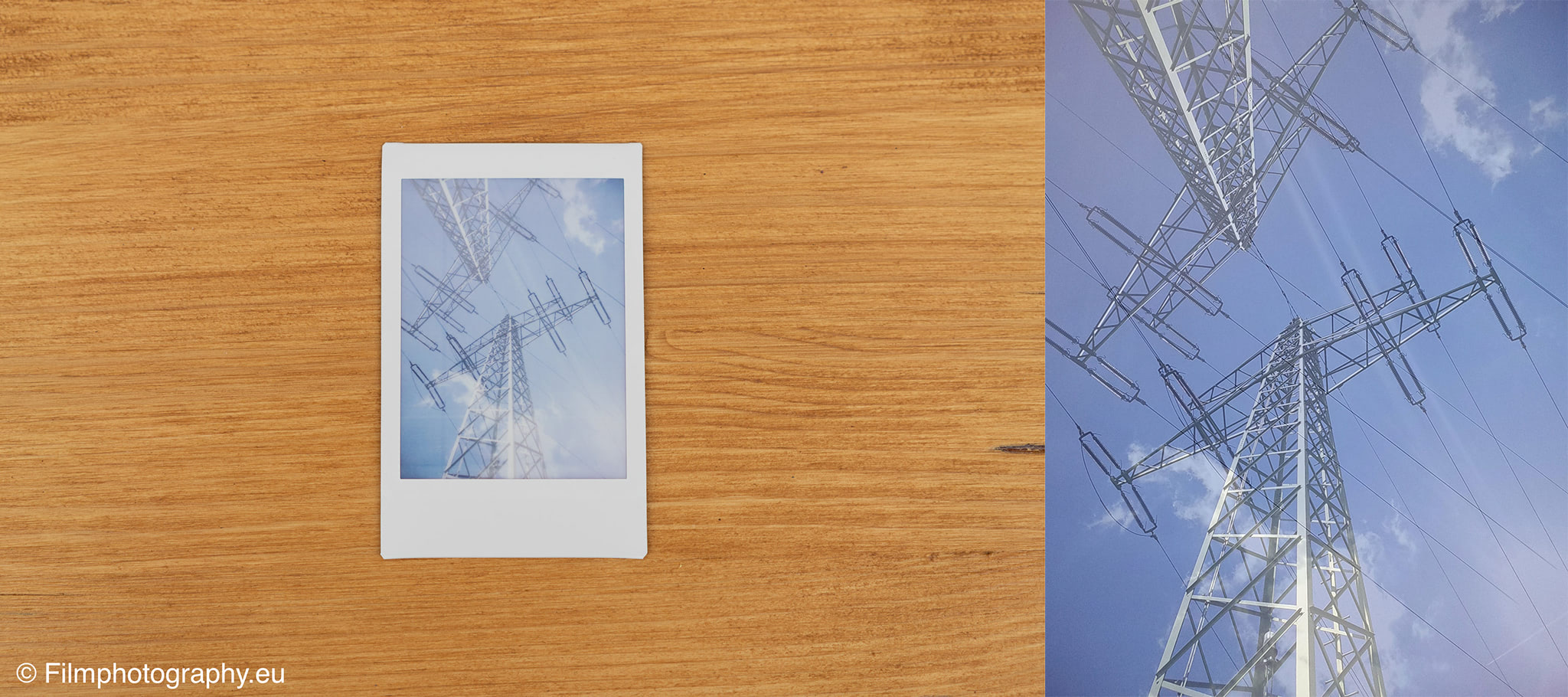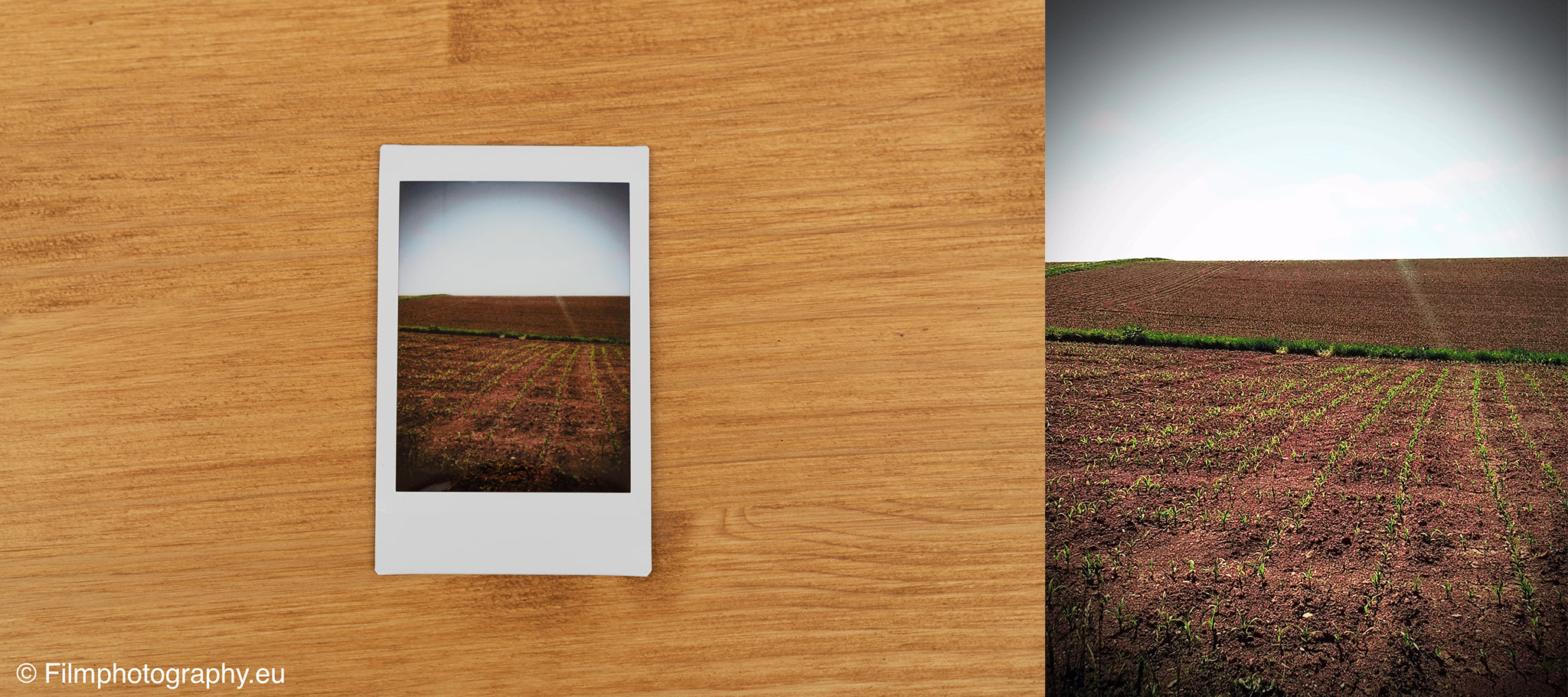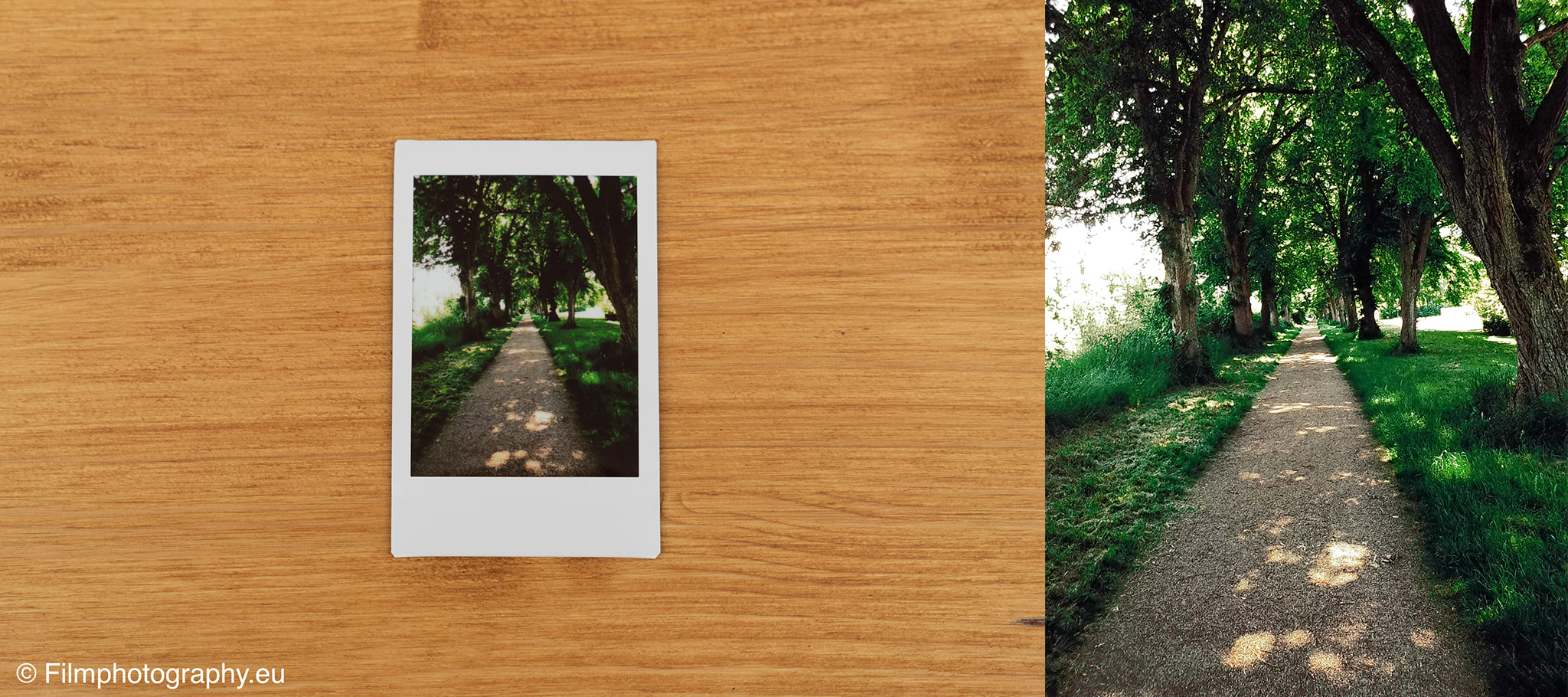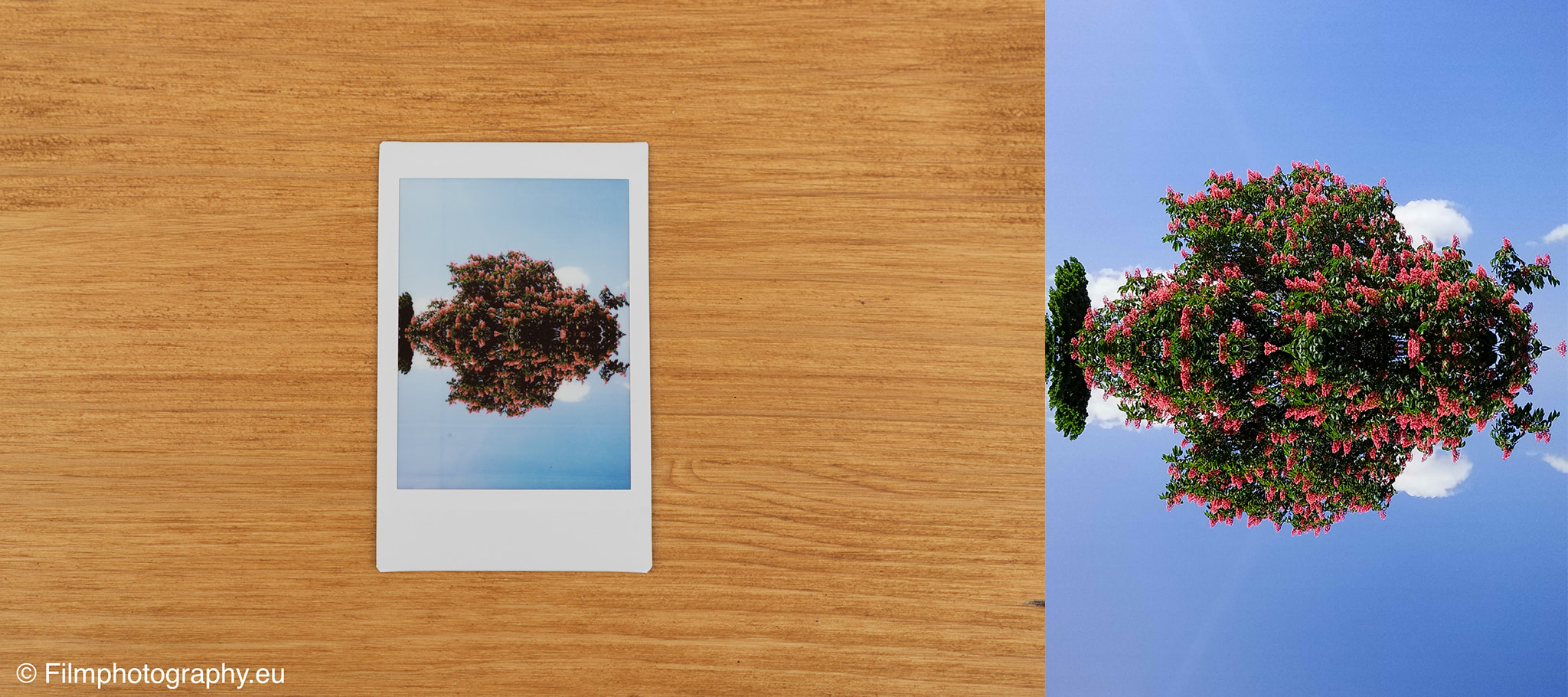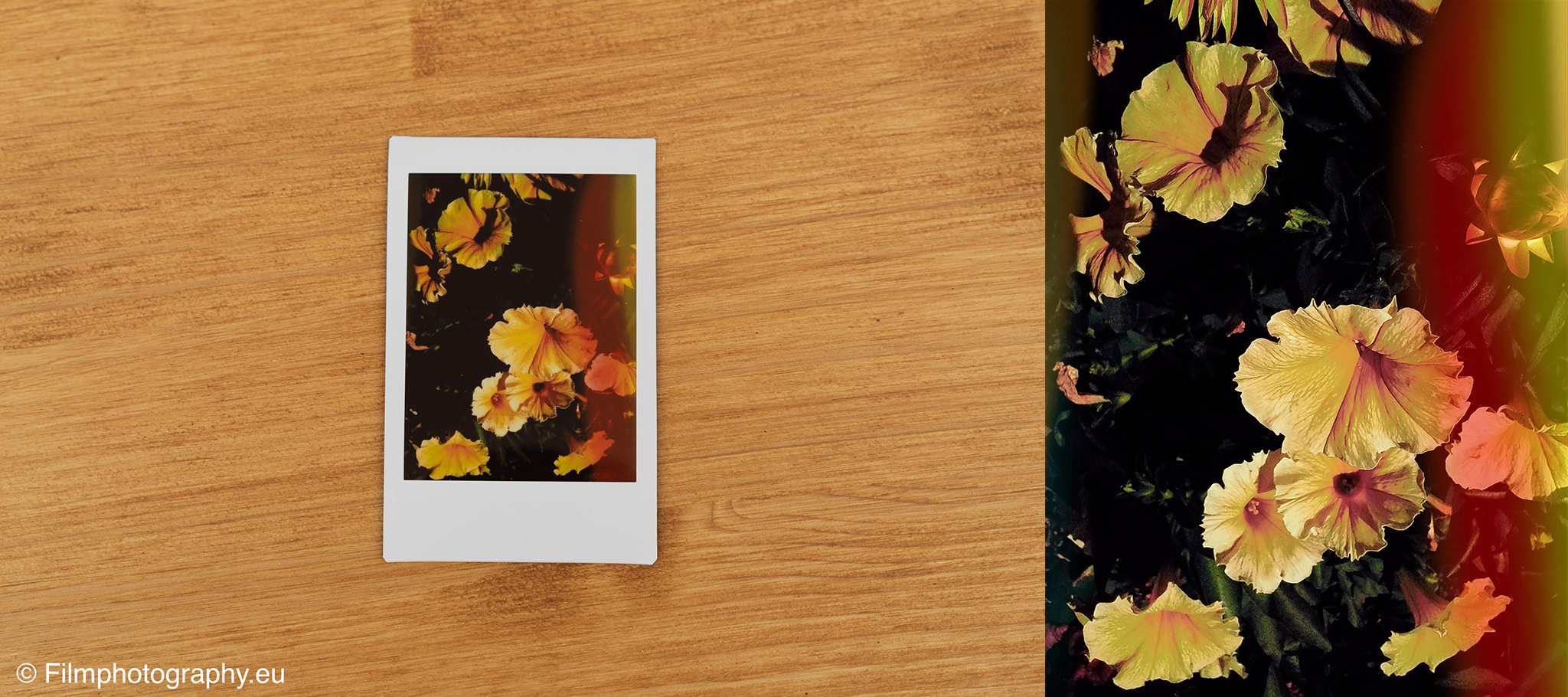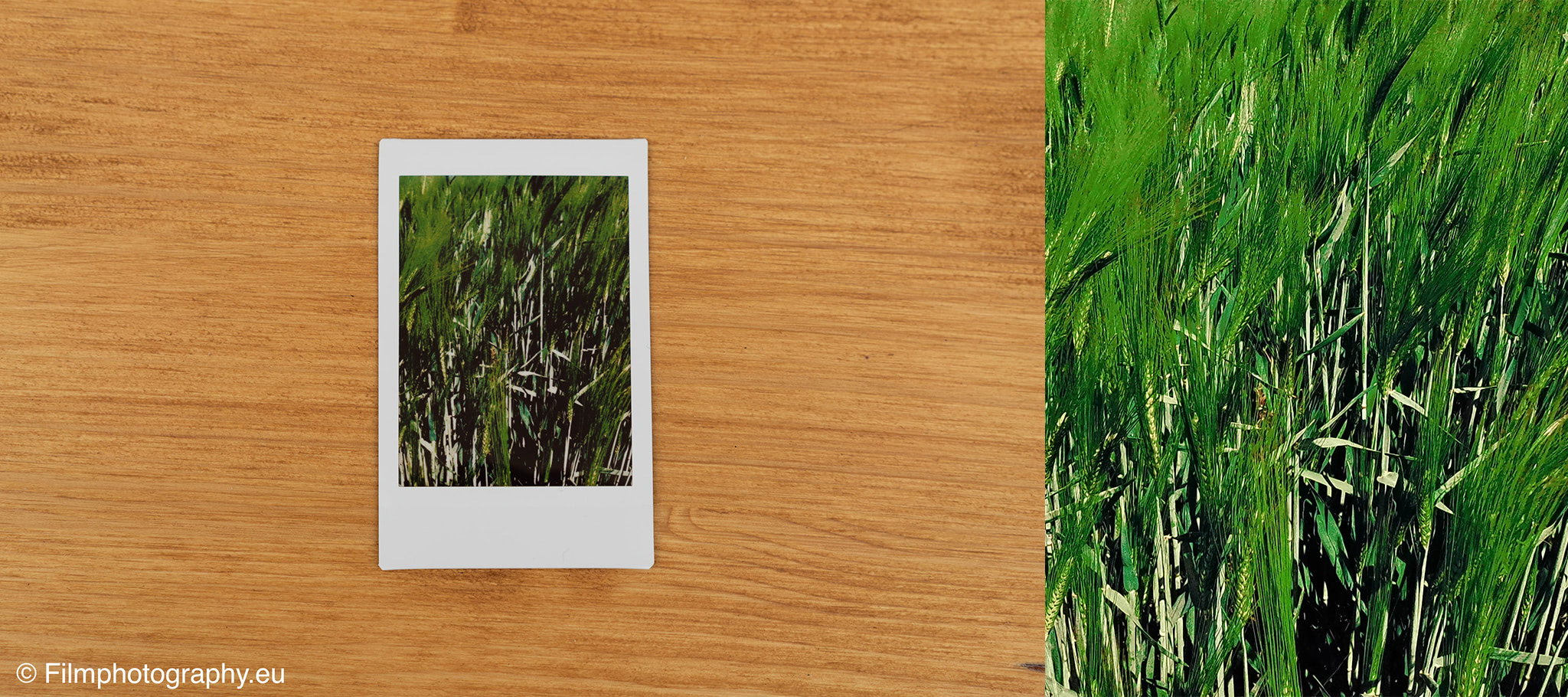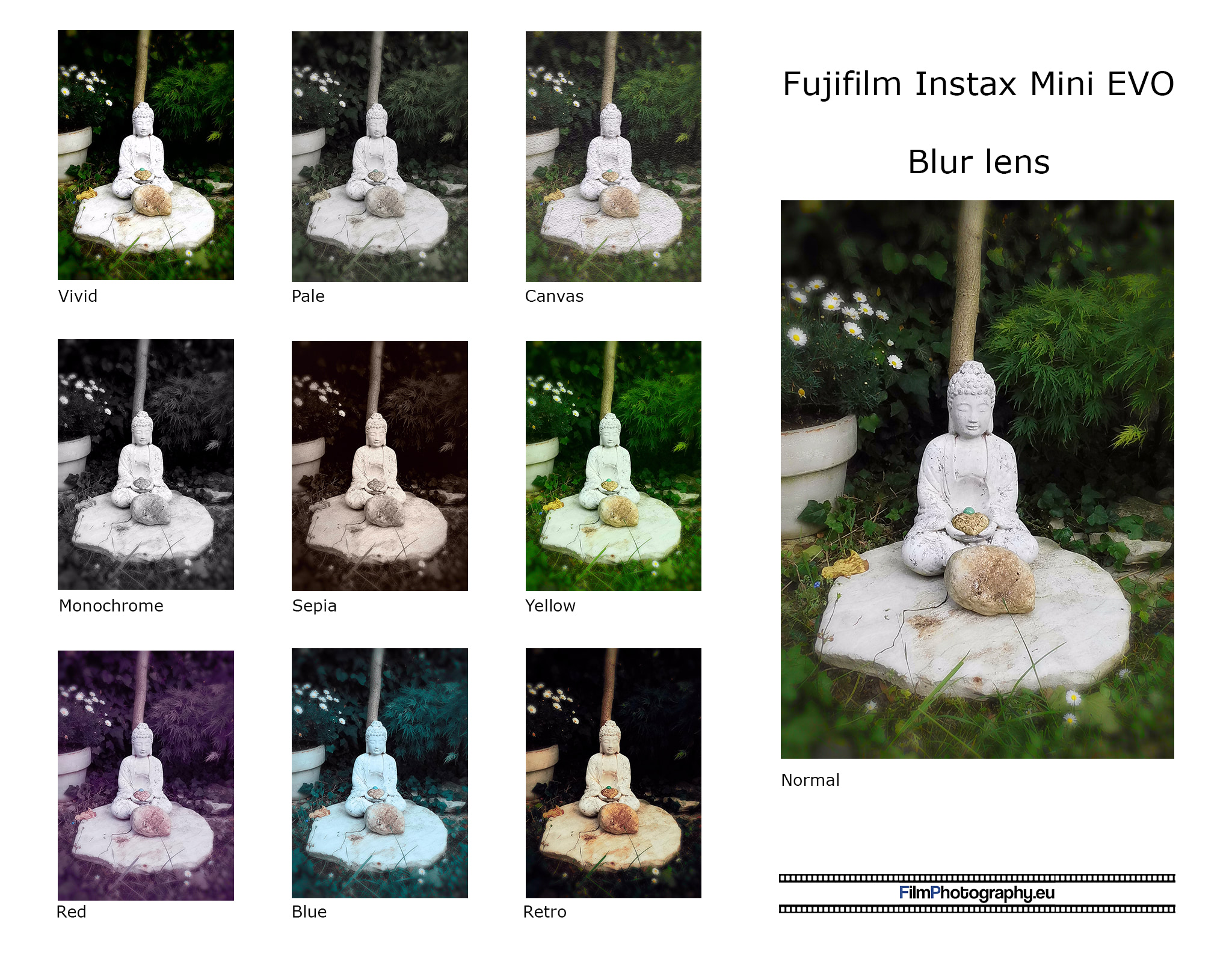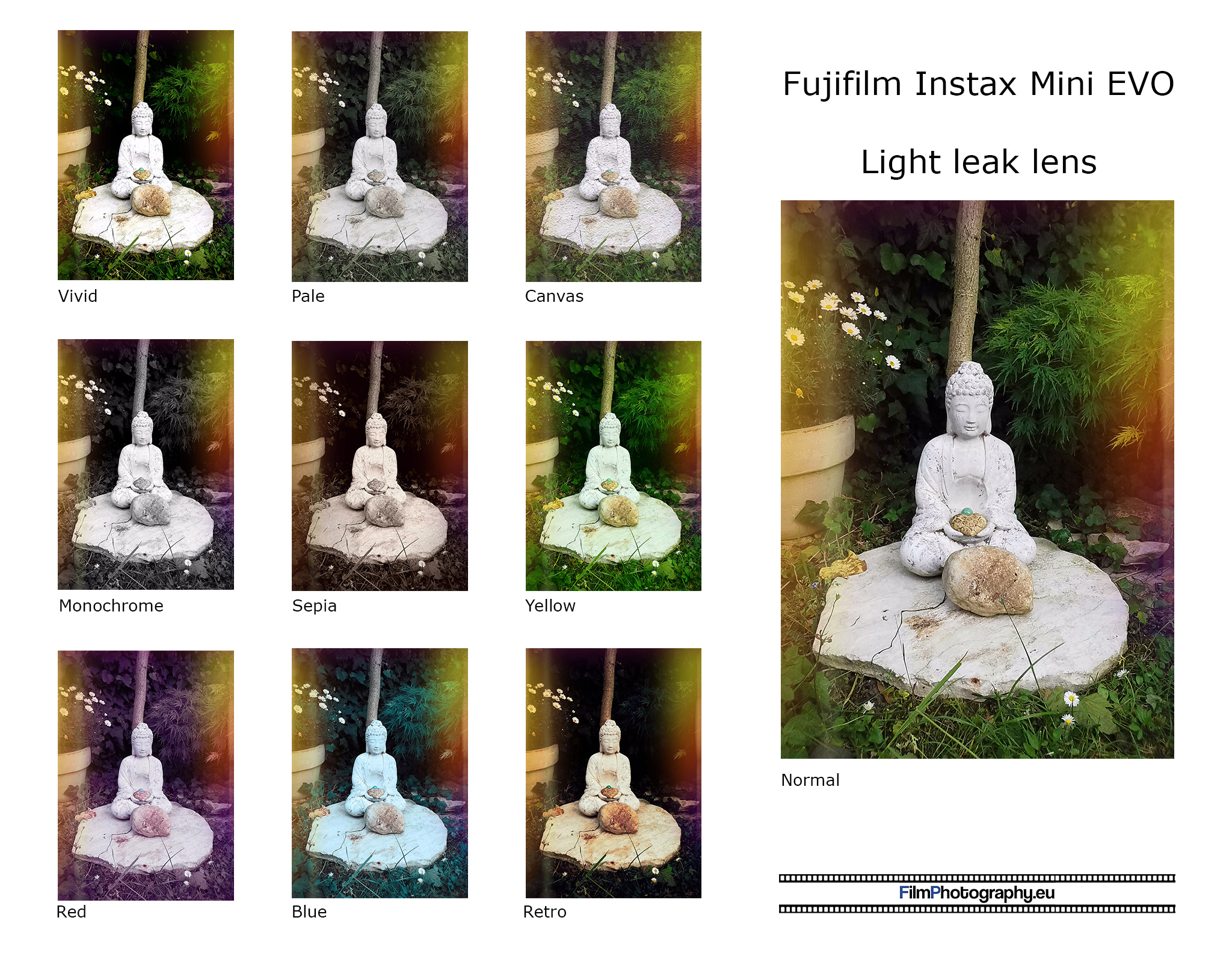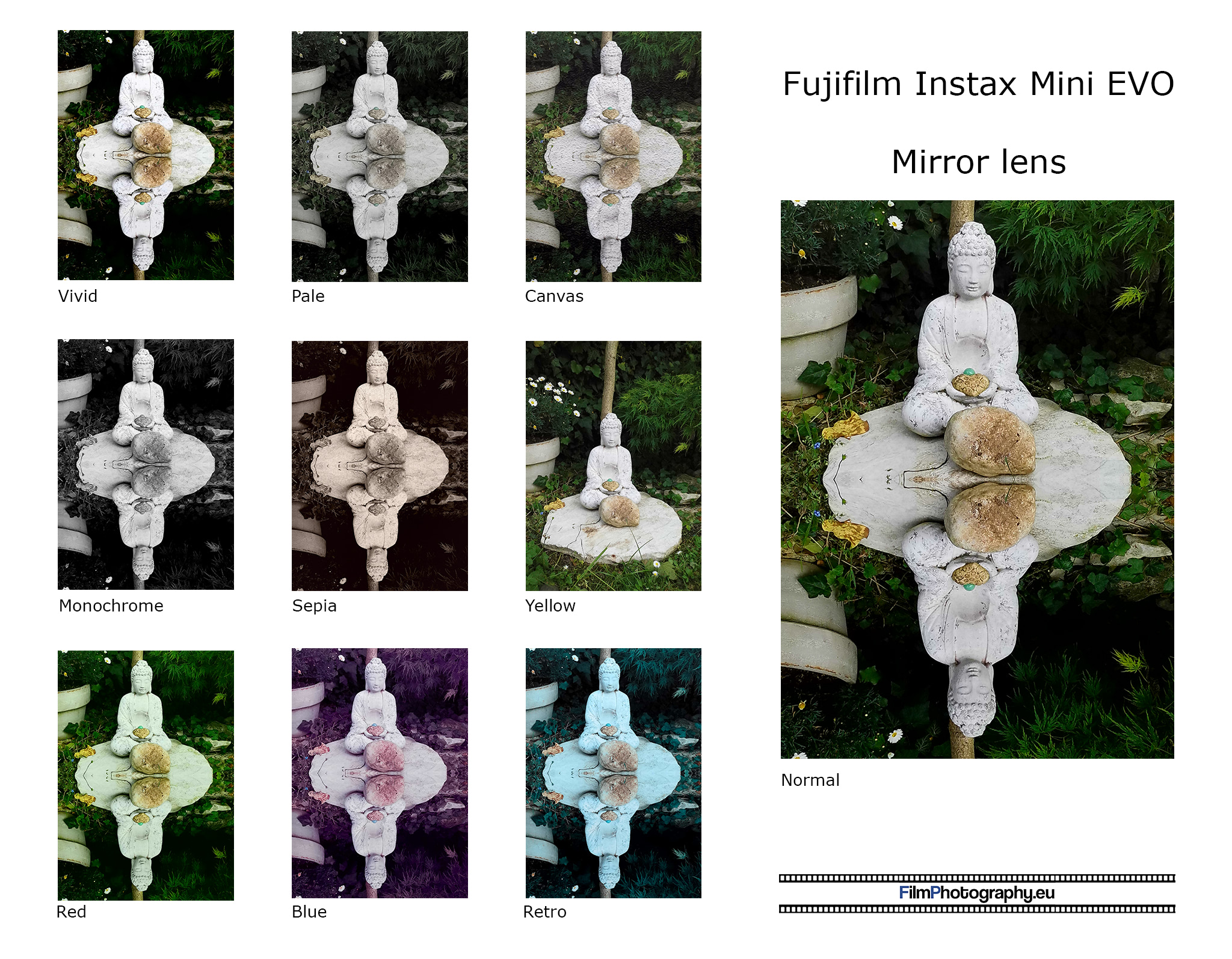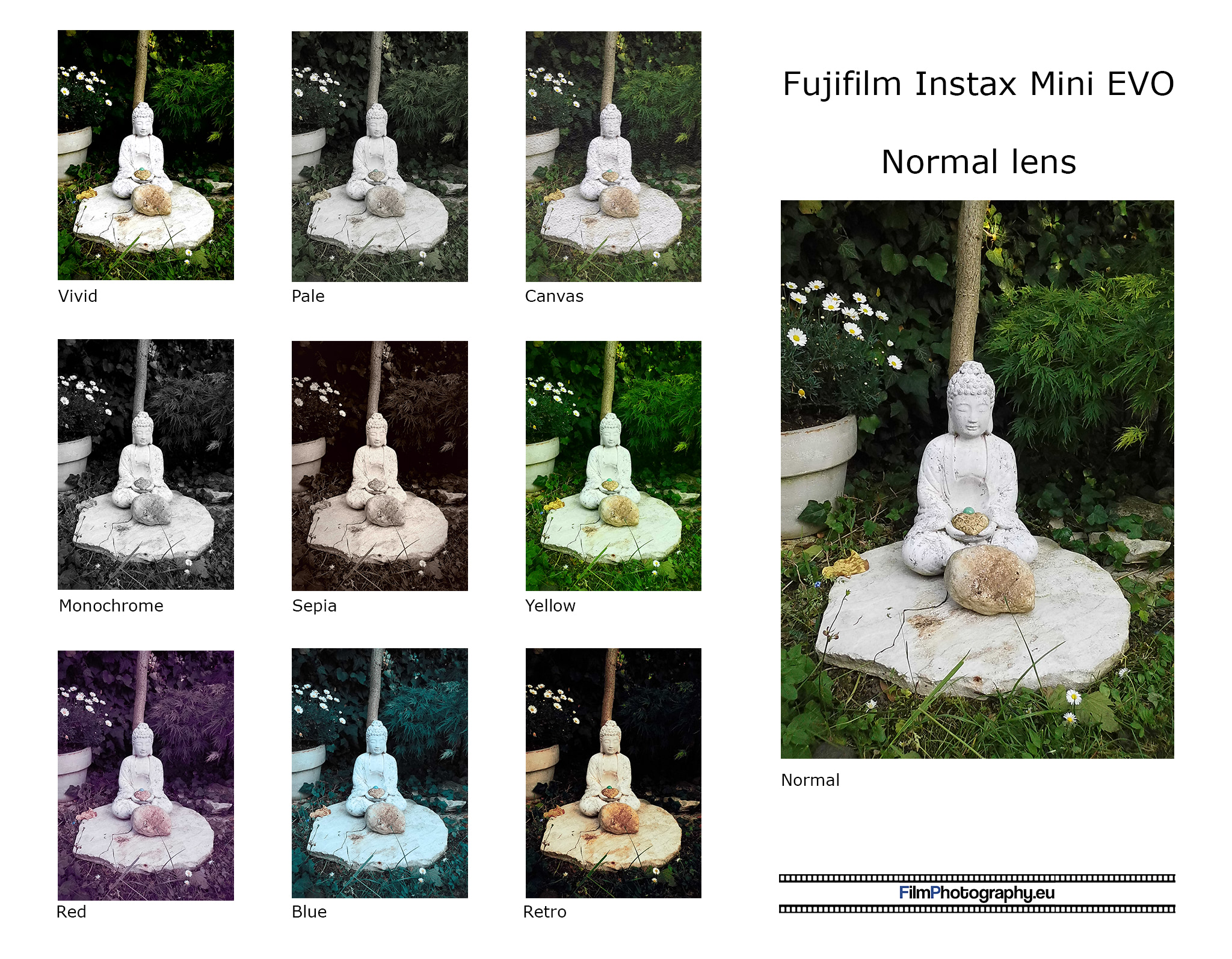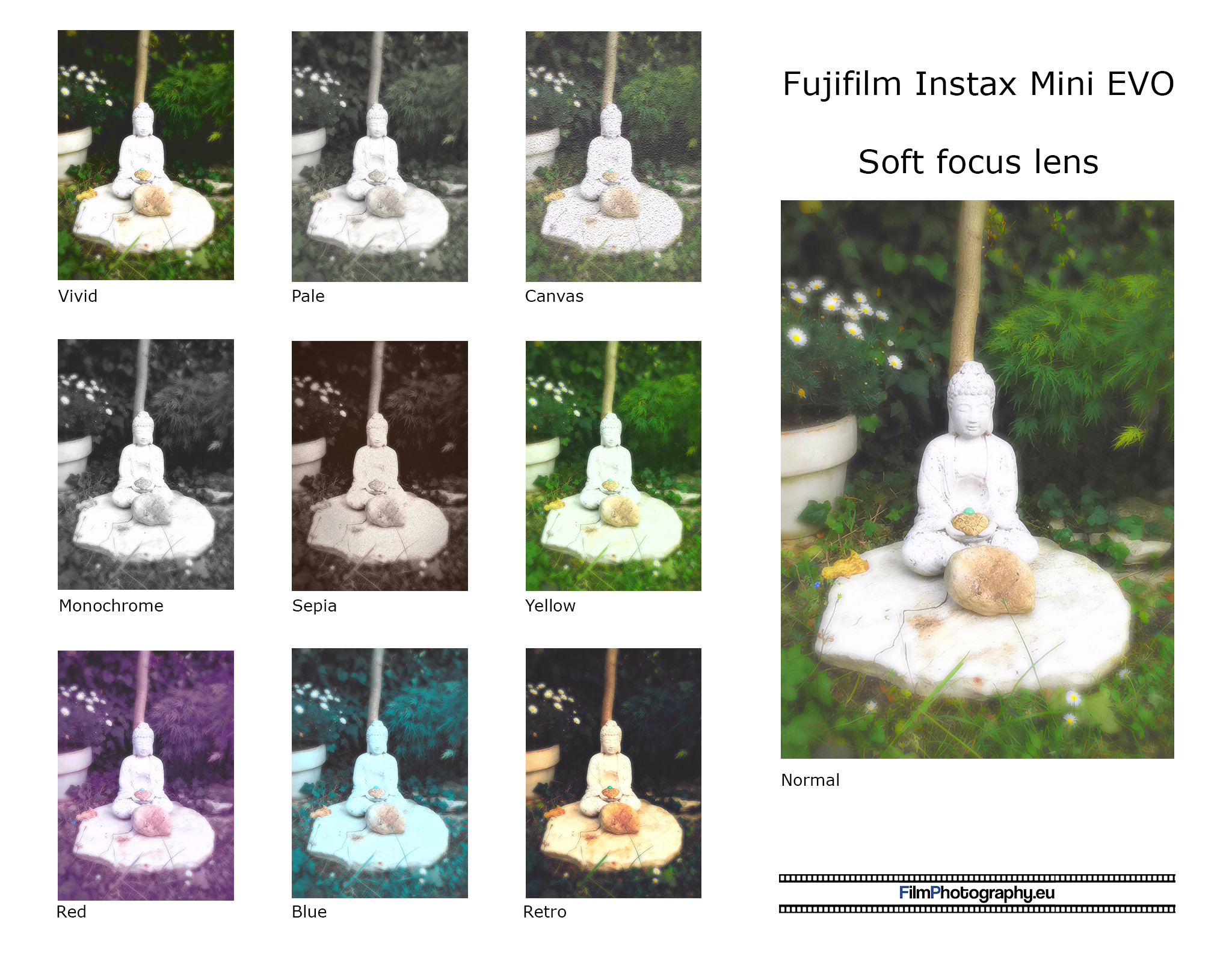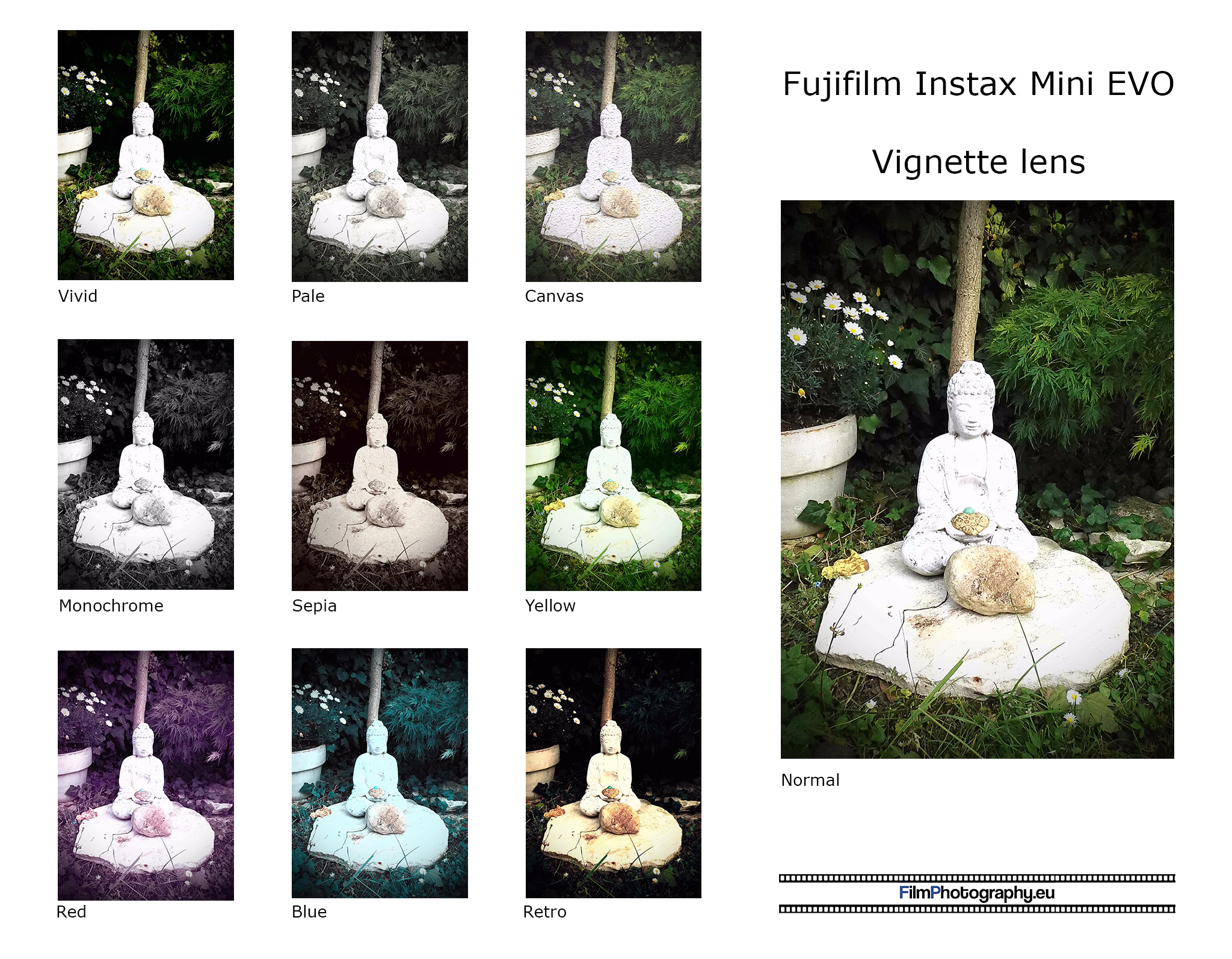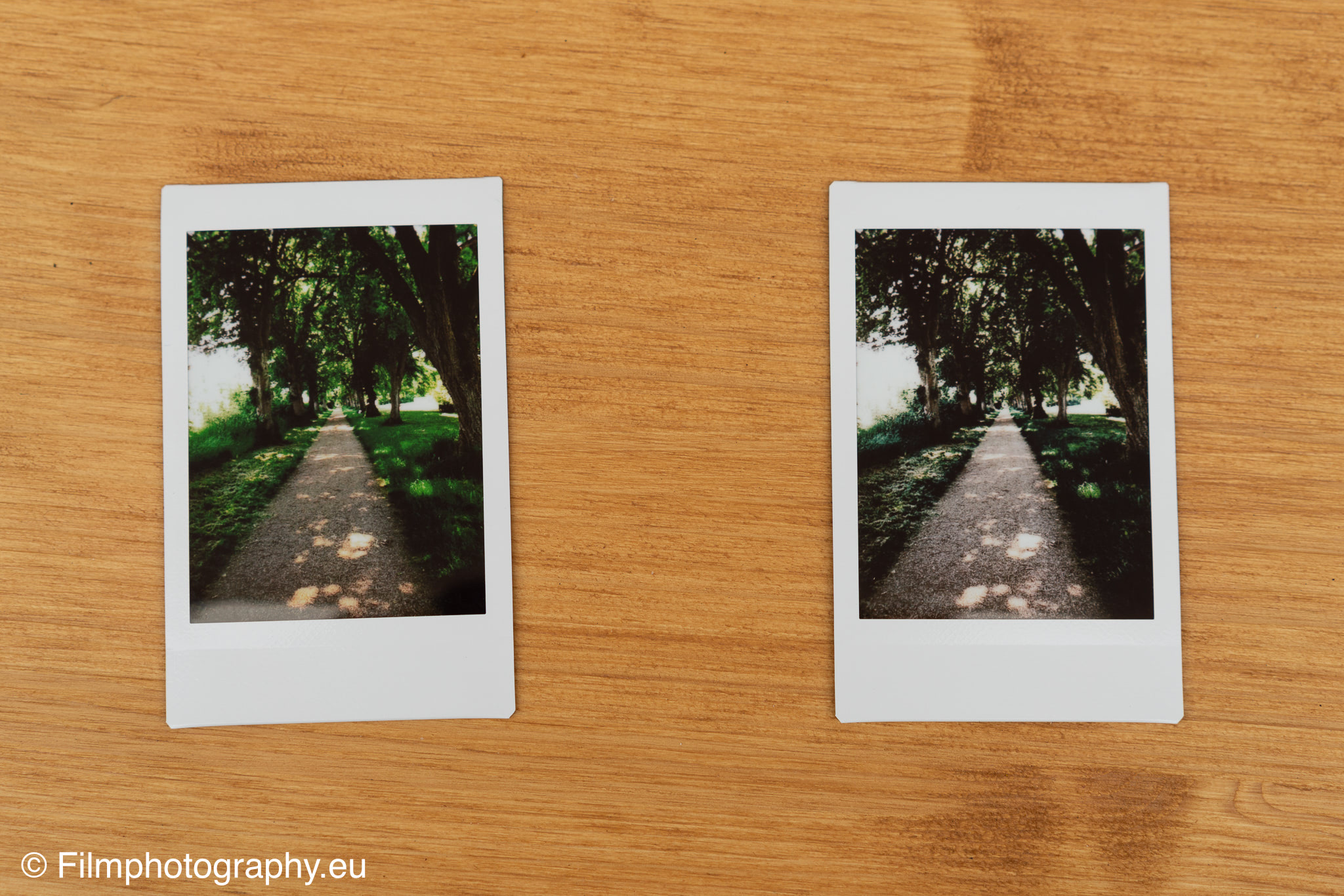In this review, I would like to share my experience with this device. Is the Fujifilm Instax Mini Evo worth buying?
The instant camera has enjoyed an impressive renaissance in recent years and is very popular with photography enthusiasts. But which camera offers the best performance and the best results? In our in-depth review, I took a look at the Instax Mini Evo, a hybrid instant camera.
Test report on the Fujifilm Instax Mini Evo
What is a hybrid instant camera anyway? The concept of an instant camera with digital elements is not entirely new. In recent years, a few models have come from Fujifilm. The basic idea here is that the camera uses a digital sensor to capture the image and then exposes it on analog film.
What are the advantages of a hybrid camera? One advantage, of course, is the direct control that a digital photo allows. So, if you want, you can print out only the best images. A side effect is of course that you can save the pictures and either print them again or process them in a different way. Also, a manipulation of the images is possible, which is more difficult without tools in pure analog photography.
Photographing with the instant camera
So how does the Instax Mini Evo implement the hybrid approach? Introduced in 2021, the look of the camera is reminiscent of the Instax Mini 40 or Instax Mini 90, and if you’re not that familiar with the matter, you’ll think it’s a regular Instax instant camera.
Only a look at the back shows that this model is a bit different. There is a 3 inch display. When you turn the camera on, you can see your subject there through the compact lens on the front. Overall, the camera is very compact (for an instant camera) and light (plastic / without film 285 grams).
The lens has a focal length equivalent to 28 mm in 35 mm format. The camera can be held horizontally or vertically. Two different shutter release buttons make both possible. Pressing one of these buttons takes a picture. The camera sets the aperture, focus, exposure time, white balance (can be set manually if desired) and ISO value.
The finished picture is then stored in the internal memory or a micro-SD card. Afterwards, the picture can be viewed in playback mode, as you know it from a digital camera. If you like the picture, you press the pressure lever, which is reminiscent of a quick-release lever for film transport, and the picture is printed.
Of course, this is not a printing process as you would know it from your inkjet printer. The Instax Mini Evo uses the Instax Mini film format. The credit card sized images that are in the film cassette in the camera are exposed by the camera technology and then output. Development begins and after a few minutes you can view the finished image.
The normal film, Instax Mini Film*, can be used, but Fujifilm’s black and white film, Instax Mini Monochrome*, can also be used with the Evo.
The Instax Mini Evo is equipped with the usual things, such as a self-timer, tripod socket, mirror for self-portraits and macro mode (10 cm). There is also a flash. This can also be turned off if desired. However, it should be used in low light, as the digital sensor quickly reaches its limits.
The camera is powered by a built-in battery. This is charged via a micro USB port.
Personally, I’m not a big fan of built-in batteries. As a lover of very old cameras, it’s always a shame when you can no longer use cameras because the battery type is no longer offered, etc. This is of course especially with built-in battery even more of a problem over time.
Use of the digital filters
As already mentioned, digital technology allows manipulation of images during shooting. Thus, there are ten lens effects and ten film effects. These can be selected by turning the lens wheel and a wheel on the back of the Instax Mini Evo. A combination is possible here. Thus, 100 variations are possible. If you have a favorite combination, you can call it up with a shortcut.
The film effects are mainly color effects. The lens effects include a double exposure mode and a reflection of the subject. However, the effects are the same for each use. This means, for example, that with the Light Leak effect, the effect is always in the same place and does not differ in color.
In addition to the filter effects, there are also different print modes. There is an Instax Natural mode and an Instax Rich mode. The print time can take a little longer in rich mode.
Connection with smartphone
In addition to taking normal photos with the Instax Mini Evo, the camera can also be connected to a smartphone. This requires a Bluetooth connection and an app. The app is free and is available for Android and Apple iOS.
The photos of the camera can be transferred via the app. In addition, it is possible to control the camera. This is especially convenient for selfies or group pictures when you want to be in the picture yourself. If desired, the camera image can also be transferred to the smartphone.
However, the most interesting feature for most will be the print function. In the app, you can select pictures from your smartphone and then bring them into the Instax Mini format via the Evo. Here you can directly determine the crop in the app and also edit the image a bit.
Summary of the Instax Mini Evo
So what is my conclusion after having been able to test the Fujifilm Insta Mini Evo Instax Mini EVO* for some time? The camera does exactly what it promises on the box. It takes beautiful pictures and comes with many useful features. If the description of the camera is exactly appealing and you are looking for this level of functionality, I would recommend buying it.
It gets more difficult for me personally if the requirements are a bit more general. Then it would be more difficult for me to make a clear recommendation.
If you want to get into instant photography and are looking for your (first) instant camera, I would rather recommend other models, also from the Instax Mini series. Why? If you want to experience the instant camera experience, the Instax Mini Evo is not recommended.
I associate analog instant photography with the words surprise, unique and simplicity.
The surprise effect, i.e. what will be on the picture, is simply lost with the concept of the Evo. From a technical point of view, of course, a picture with the Evo is better because you know what you’re going to get or you just want to take another picture. But with an instant camera, that’s exactly what I want. Even if a picture is blurry or someone’s eyes are closed. This is where the charm of instant photography comes from.
In addition, every picture taken with an instant camera is unique. This is not the case with the Evo. Of course, it is practical to have all the pictures digitally again, but this would also be possible by scanning the pictures.
The last aspect is the simplicity of instant photography, especially related to the ease of use of the camera. The Instax Mini Evo is easy to use and the menus are quite clear, but it still obviously doesn’t come close to the simplicity of a Polaroid 600 camera. While I appreciate setting options as a photographer so that I can accurately influence the outcome, this is often not necessary for a less visceral user. Especially at weddings or parties, I would always recommend the simplest camera so that everyone can handle it and the camera does most of the work.
A big advantage over an analog instant camera is the connection to the smartphone. So you can use the camera as a mobile printer. There are many areas of application in this area. Be it the wedding, where guests can immediately print out the pictures for the wedding album. Or a joint vacation, where the memories of the day can be immortalized.
If you are mainly interested in this function, the question naturally arises as to whether you need the camera function and would rather buy a pure mobile printer.
To cut a long story short, the Instax Mini Evo is a fun camera, but not the perfect choice for me and my areas of application. However, it is really welcome that Fujifilm keeps bringing new cameras to the market and thus keeps instant photography alive.

